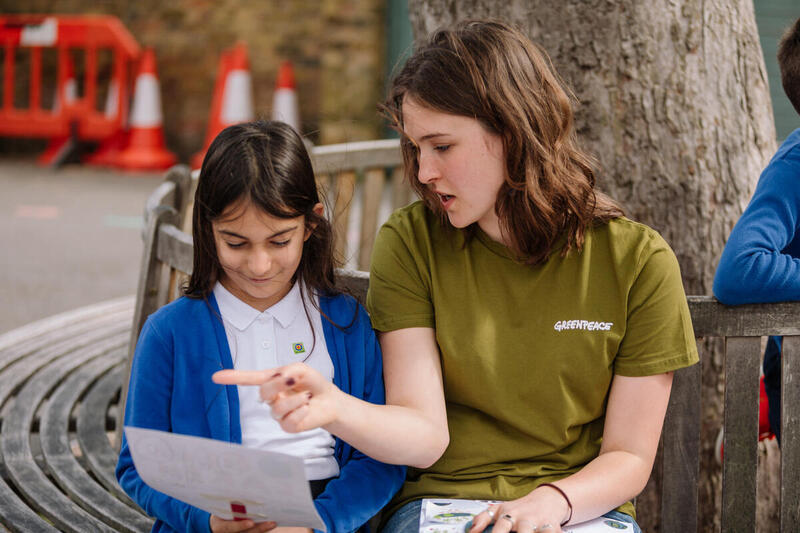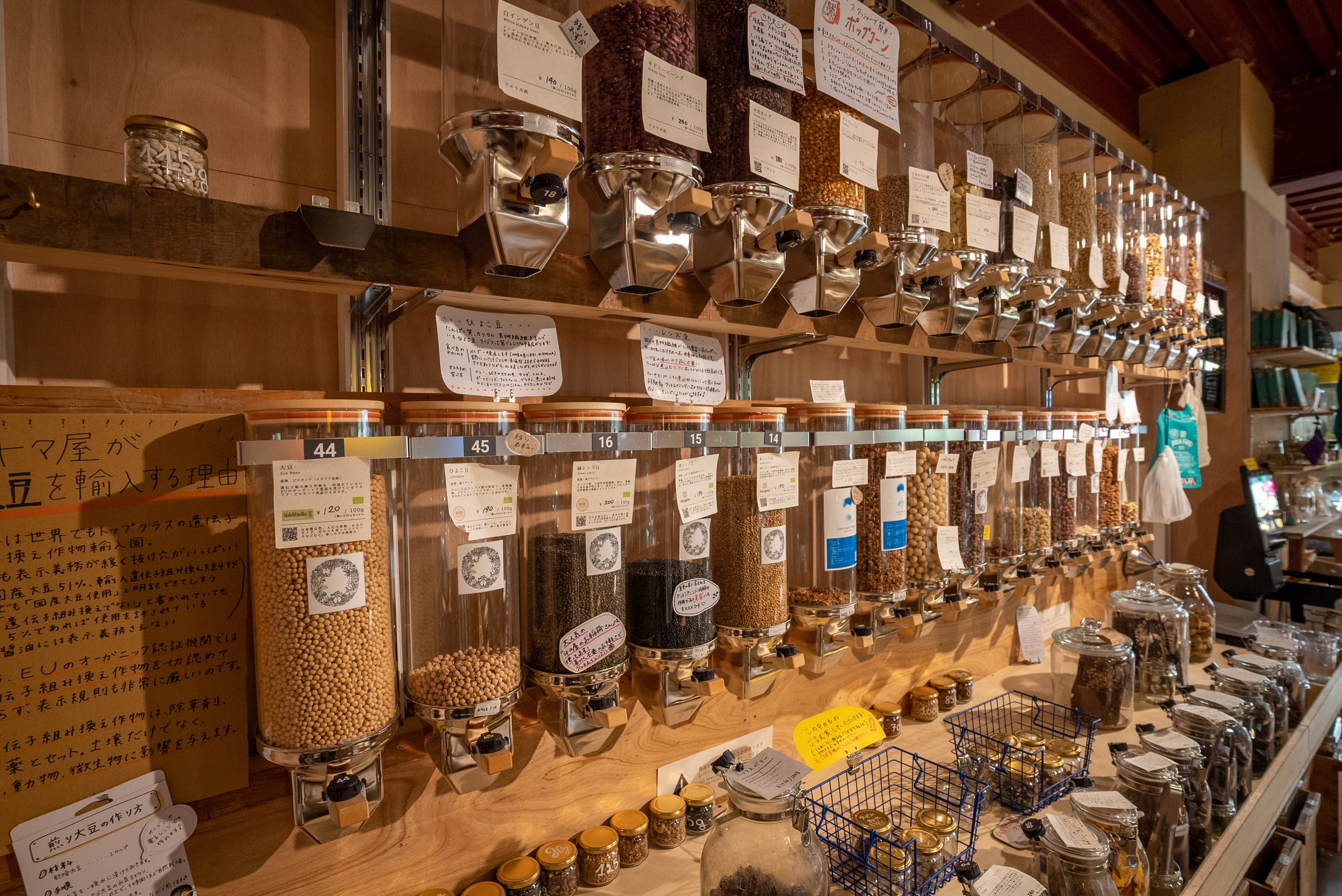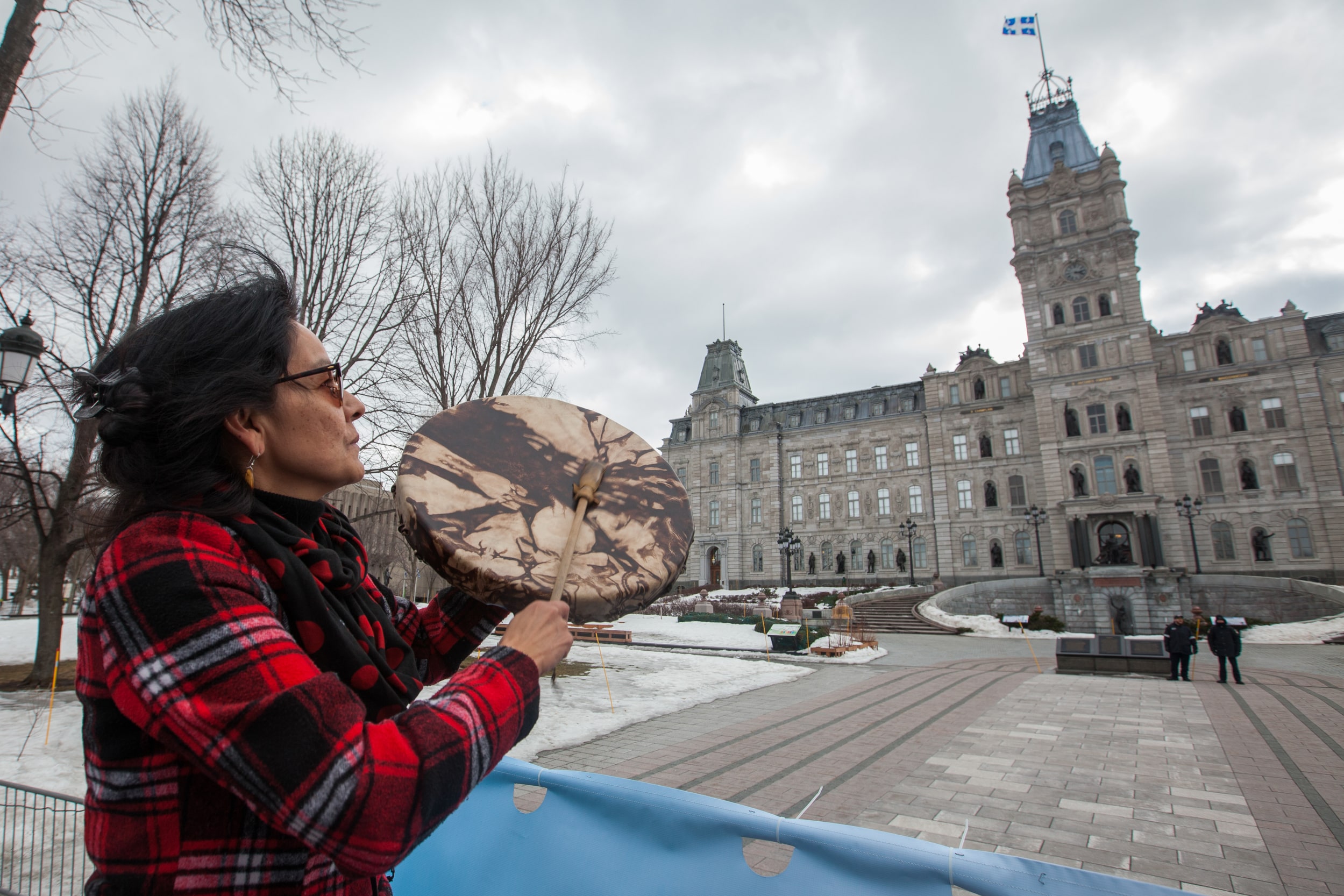Plastic waste is everywhere. Take a look at any garbage bin on a city street. You’ll probably see some plastic cups, forks, or take-out containers.
But here’s a surprise. People have also found plastic in places as remote as the deepest part of the ocean and the tallest mountains. And microplastics are filling the air we breathe and the food we eat. Microplastic pollution occurs when plastic breaks into smaller pieces.
If the plastic industry gets its way, it will be making three times more plastic than it was in 2019. That’s why it’s time to ask some hard questions about plastic.
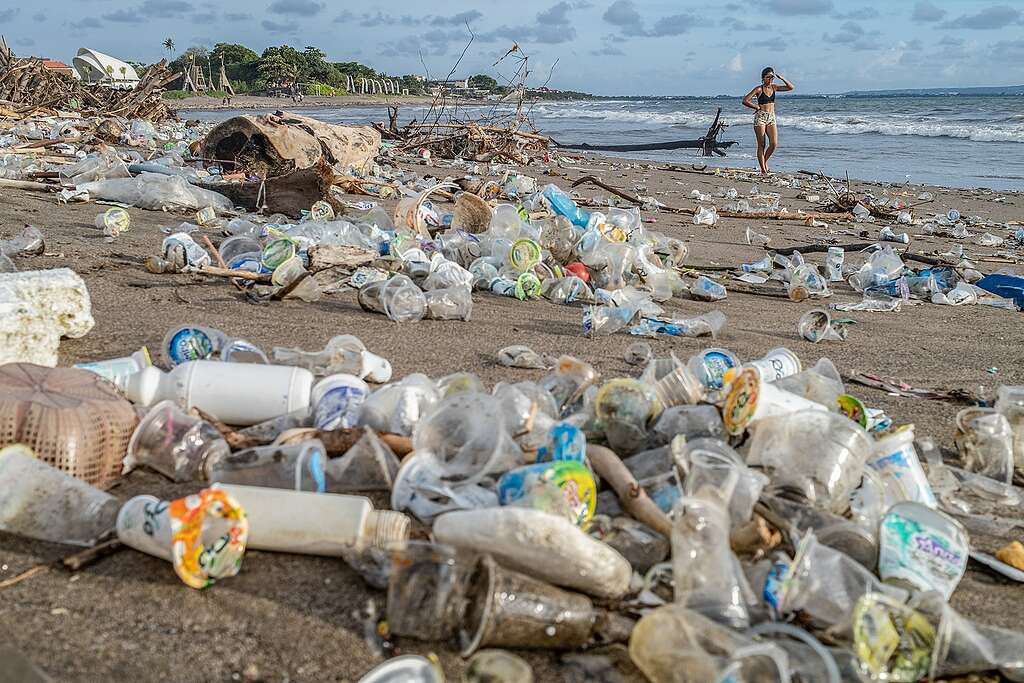
Where does plastic come from?
Over 99% of plastics are made from fossil fuels, like oil, coal, and natural gas. The fossil fuels are refined to make petrochemicals, which are the building blocks of the plastics we use in our daily lives. Many fossil fuel companies are also involved in making plastic, including Shell and ExxonMobil.
How are plastics changing the climate?
When we burn fossil fuels for energy, they release greenhouse gases like carbon dioxide. Carbon dioxide is the main cause of global warming. Unfortunately, as we heat up the planet, we’re also changing the climate.
Plastics play a big role in climate change by releasing carbon dioxide throughout their life cycle. It starts with the moment we remove fossil fuels from the ground and transport them. It continues when we manufacture plastic and when we dispose of and process plastic waste. The plastics industry releases four times more greenhouse gas than the airline industry!
We can only release so much more carbon dioxide into the air if we want to stop the world’s temperature from rising and avoid the worst impacts of climate change.
What are some other problems with plastic?
Plastic waste is flooding our communities and polluting the land, sea, soil, and ice. Plastic pollution builds up in ecosystems and harms many types of wildlife. Up to 9 in 10 seabirds and 1 in 3 sea turtles have eaten plastic.
The chemicals that we use to make all this plastic also threaten wildlife, as well as human health, especially the health of people who work in or live near the plastic industry. We use over 16,000 chemicals to make plastic products, including known cancer-causing chemicals like benzene.
Aamjiwnaang First Nation declared a state of emergency in April 2024, after a nearby plastic factory released high levels of benzene into the air. The spike caused illnesses in the community and the factory had to shut down its operations. Leaks like this are common.
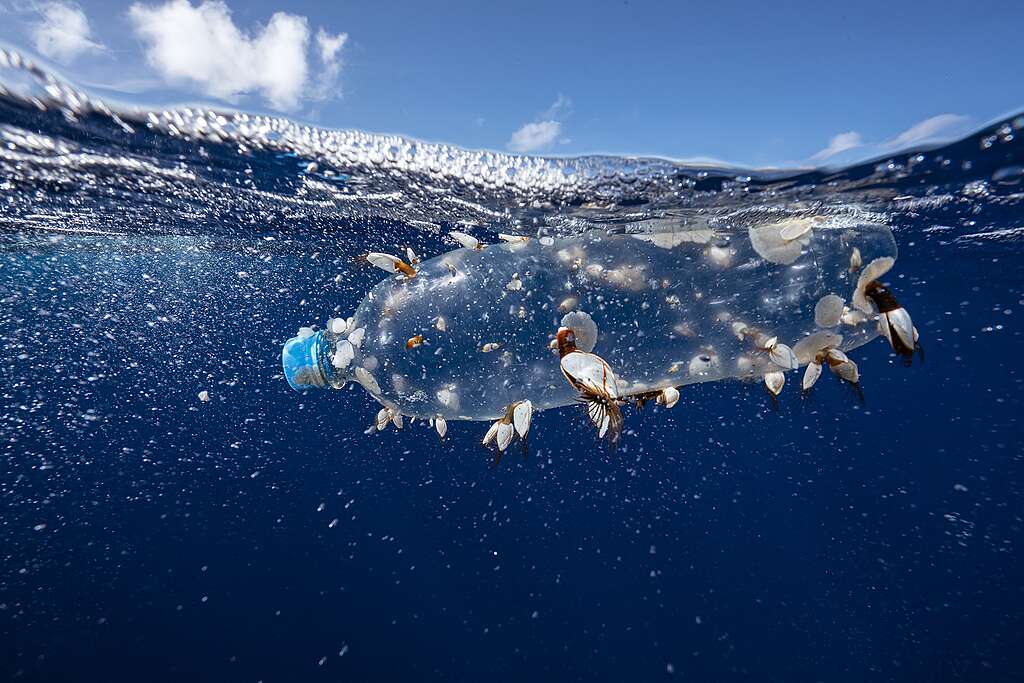
Ending plastic pollution
The world needs to stop making so much plastic! Until then, we can’t end plastic pollution or keep the world’s temperature from rising.
Recycling won’t fix the problem. Only 8% of plastic is recycled. The rest may end up in our landfills, the environment, or incinerators where it’s burned. Every year Canadians throw away over 3 million tonnes of plastic waste from homes and businesses. Almost half of that is packaging.
You can take action!
- Share the video to spread the word about plastic pollution.
- Learn about ways to end plastic pollution by reading What’s the solution to the world’s plastic problem?
- Call on Canada’s government to support a strong Global Plastics Treaty. We need a global solution to this global problem. Right now, around 175 nations are negotiating a UN agreement to end plastic pollution and cut plastic production. The stakes are high, and the chance for real progress is even higher!

